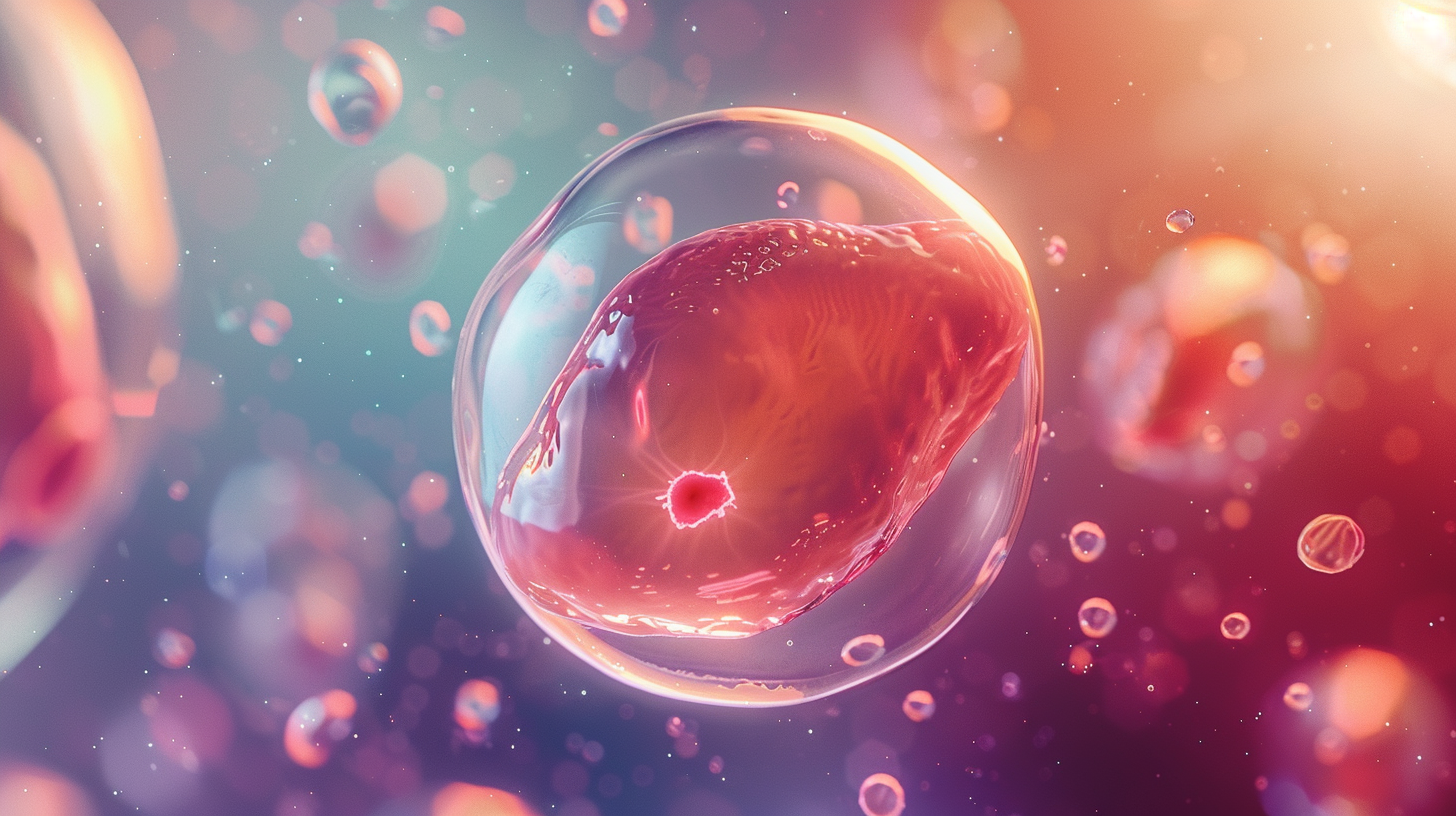Are Human Embryos All Female to Begin With?

Are human embryos all female to begin with?
Answer:
Check out this answer from Consensus
The evidence does not support the notion that human embryos are all female to begin with. Instead, there is a female bias in the establishment of human embryonic stem cell lines due to factors in the cell derivation process1. Additionally, the sex ratio of embryos may fluctuate during gestation, with early stages showing a higher proportion of males2. These findings highlight the complexity of embryonic sex determination and the influence of developmental stages and external conditions on sex ratios.
The development of human embryos and their sex differentiation is a complex process. Research has investigated the sex ratios at various stages of embryonic development to understand if there is an inherent bias towards one sex.
Key Insights
- Female Bias in Embryonic Stem Cell Lines: Studies have shown a significant increase in female human embryonic stem cell (HESC) lines derived from preimplantation genetic diagnosis (PGD), suggesting a female bias during the derivation process of HESC lines rather than an imbalance in the sex of embryos used. This could be due to suboptimal culture conditions affecting X chromosome inactivation or the expression of X-linked genes1.
- Variability in Sex Ratios at Different Gestational Stages: Histological examinations of embryonal gonads indicate that the sex ratio of human embryos may vary at different gestational stages, with a notably high sex ratio (more males than females) observed at certain early stages. This suggests that the primary sex ratio could be higher than the traditionally expected 1:1 ratio and may also exceed the secondary sex ratio observed at birth2.
Are human embryos all female to begin with?
Taylor Pini has answered Extremely Unlikely
An expert from University of Sydney in Reproductive Biology
No, the sex of the embryo is determined at fertilization and depends on whether the sperm that fertilizes the egg carries either an X or a Y chromosome (sperm only carry one or the other, because they are “haploid” cells). All eggs carry an X, because females are XX. If the fertilizing sperm carries an X, the resulting embryo will be XX (female) and if the fertilizing sperm carries a Y, the resulting embryo will be male (XY).
What this video talks about is the activation or “switching on” of a special gene (called SRY), carried only on the Y chromosome. XX and XY embryos essentially undergo the same development up until the SRY gene is turned on. Once this gene is activated, development of XY embryos is steered towards producing testes rather than ovaries (i.e. male reproductive organs), and will not produce a uterus or fallopian tubes (i.e. female reproductive organs).

